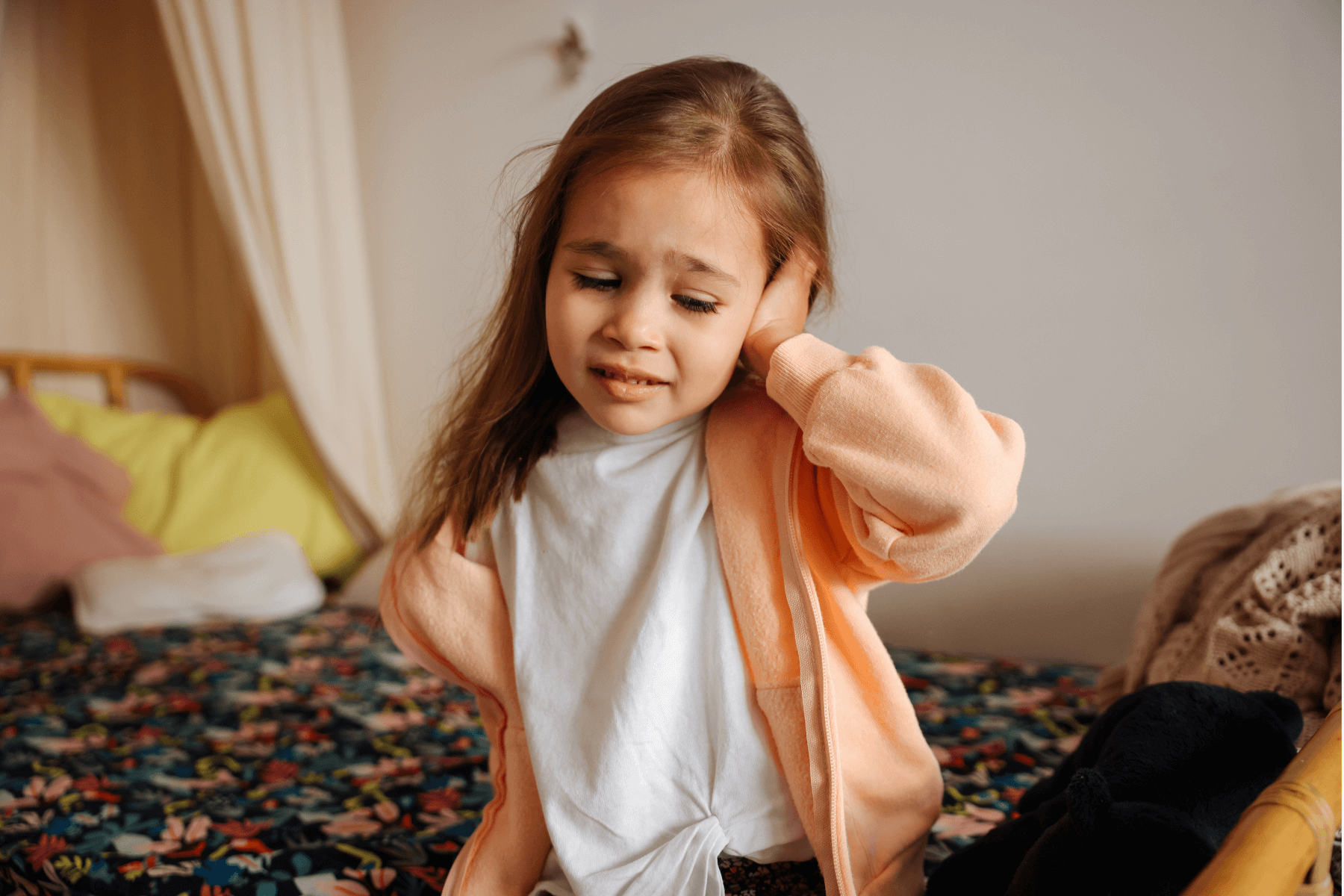As a parent, it’s not uncommon to encounter situations where your child complains of ear pain, especially after hours when immediate medical attention may not be readily available. No matter what is causing the ear pain there are several things that parents can do to minimize discomfort. In the majority of cases as trip to urgent care or the emergency room is unnecessary and will not speed up the recovery process.
Common Causes of Ear Pain:
Ear Infections: One of the primary reasons for ear pain in children is ear infections. These can be bacterial or viral and often result in inflammation and fluid buildup in the middle ear. If your child has recently had a cold or respiratory infection, it increases the likelihood of an ear infection. However, many cases or ear pain are not caused by actual ear infections
Earwax Buildup: Excessive earwax can lead to ear pain. Children, especially those who use cotton swabs, may inadvertently push wax deeper into the ear canal. This can cause discomfort and a feeling of fullness in the ear.
Foreign Objects: Kids are naturally curious, and sometimes foreign objects like beads, small toys, or even insects can find their way into the ear canal. This can cause pain and potential damage if not addressed promptly.
Referred Pain from Teething or Pharyngitis: For younger children, teething can also be a source of ear pain. The pain associated with teething can radiate to the ears, leading to discomfort. In children and even young adults throat pain from either strep throat or a viral sore throat can cause referred pain to the ear. Even a child with a dental abscess or jaw strain may complain only of referred pain to the ear. Throughout my years of practice, many children have come in with complaints of ear pain only to be referred to their pediatric dentist to treat a dental infection.
Swimmer’s Ear: If your child has been swimming, moisture in the ear canal can create an environment conducive to bacterial growth, resulting in swimmer’s ear. This condition can cause pain, redness, and swelling.
What Parents Can Do After Hours:
Comfort Measures: If your child is experiencing ear pain, providing comfort is the first step. Use a warm compress on the affected ear for 15-20 minutes. This can help alleviate pain and reduce inflammation. Sitting with them quietly and watching a soothing video can help distract them from their pain.
Over-the-Counter Pain Relievers: Non-prescription pain relievers, such as acetaminophen or ibuprofen, can be administered following the recommended dosage for your child’s age and weight. Please refer to this dosing chart and use your child’s age only if weight is unavailable.
Avoid Cotton Swabs: Refrain from using cotton swabs to remove earwax, as this can push wax deeper into the ear canal. If earwax buildup is suspected, consult with a healthcare professional.
Keep the Ear Dry: If your child has been swimming, gently dry the ears with a clean, dry towel. Tilt the head to each side to allow any trapped water to drain out.
Monitor for Other Symptoms: Keep a close eye on your child for any additional symptoms such as fever, changes in hearing, or persistent pain. If pain is not alleviated by these measures than reach out your child’s pediatrician. Otherwise follow up with them for an appointment during normal office hours. If your child does have an ear infection, a single dose of antibiotic administered in an emergency room is not going to alter the course or intensity of your child’s pain or recovery. It is reasonable to wait until the following morning when you can see your pediatrician who knows your child’s medical history.
Finally, it is important that we address “ear tugging.” Many children over the age of nine months begin tugging on their ears, especially when they are tired. They often tug on different parts of their bodies as a means of self-exploration. Isolated ear pulling without other symptoms is not a sign of ear infection and should not be a cause for alarm or concern.
While these home care measures can provide relief for minor cases of ear pain, it’s crucial to consult with a healthcare professional if the pain persists or if there are additional concerning symptoms. Understanding the causes of ear pain and taking appropriate steps can help parents navigate these situations with confidence, ensuring the well-being of their children even after hours.





